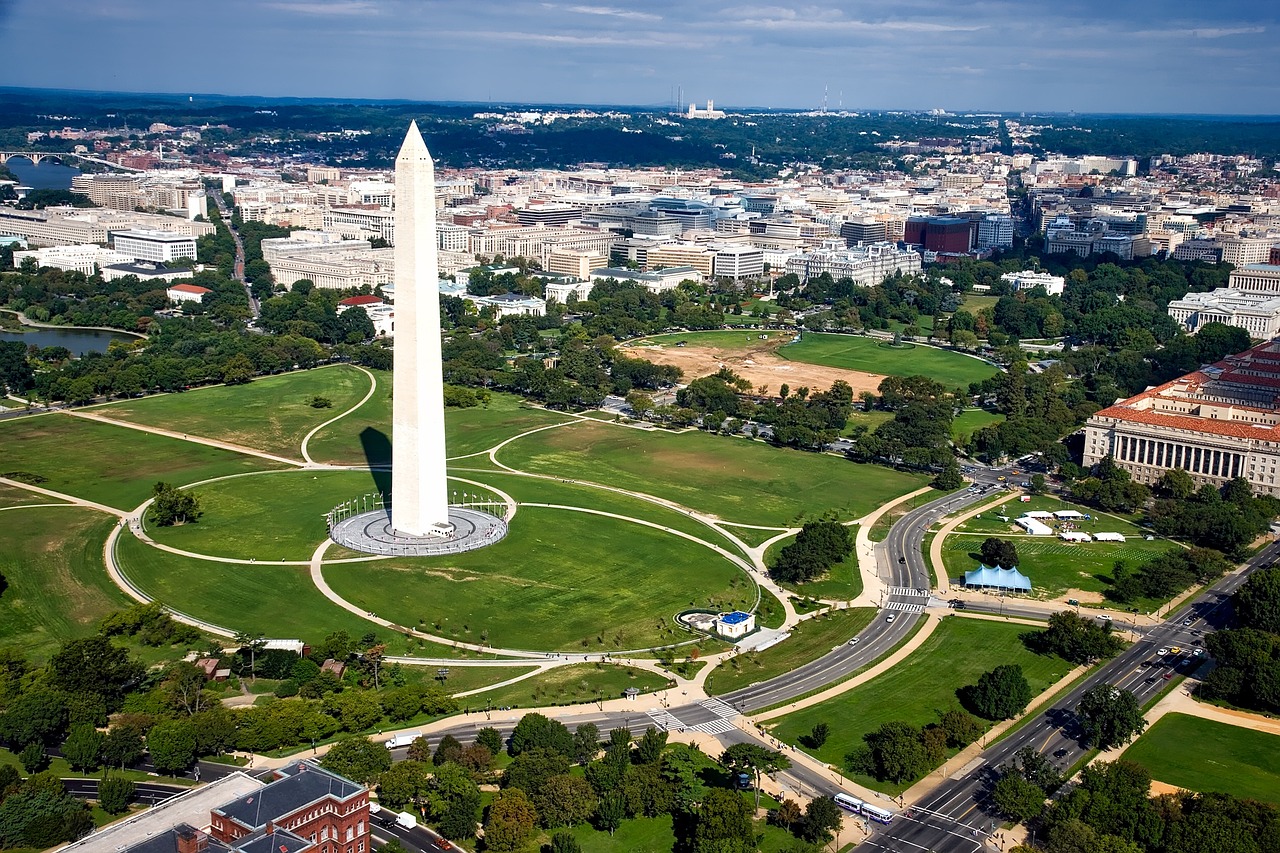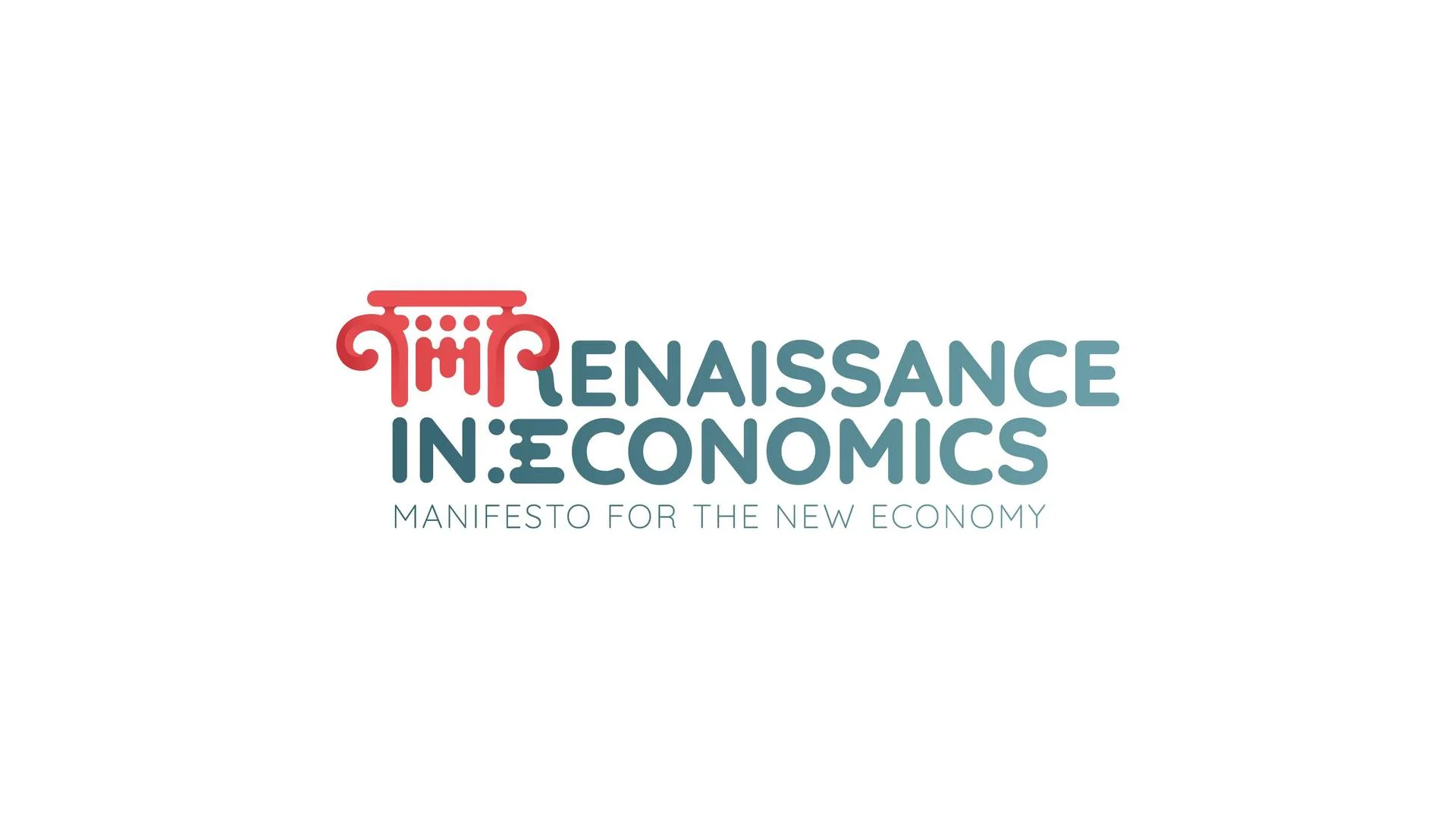
Working Abroad
Working in the USA: How to apply for a work visa after graduation
Read a summary using the INOMICS AI tool
So, you’re studying for your economics degree in the United States of America. It's going well, and you’re enjoying life in the USA, so much that you’re thinking about staying longer and looking for a job in the US.
First of all, congratulations! You’re on your way to becoming a full-fledged economist. But, if you want to transition from student to economist in the “land of the free and the home of the brave”, you’ll need to prepare to apply for your US work visa.
We’re here to help you begin tackling the process. Read on for information about getting your United States work visa, and our tips for making the entire affair go smoothly.
From student to job seeker: the H-1B visa program
If you’re not from the US but completed your economics studies in the US, you probably had to get a Type F student visa. The process for attaining this visa is explained in the linked article.
The US student visa does not authorize working in the country long-term. Once you complete your studies, you have a 60-day grace period where you’re allowed to remain in the US, and then you must leave the country. But fear not: if you successfully received a Type F visa and studied in the US, you’ll be eligible to apply for a change of status from non-working student to an employed worker.
There are two ways to do this: either apply for a non-immigrant H-1B visa that allows working in the US, which is the most common and straightforward method, or apply for an immigrant visa. This latter visa type means you intend to live in the US long-term.
However, if you plan to settle in the US long term, it’s entirely possible to apply for the H-1B visa and then later apply for permanent residence. In fact, this is one of the most common methods used by international students who plan to stay in the US after graduating. This method is typically recommended even if you want to live in the US permanently; directly applying for a permanent stay visa is more difficult than receiving an H-1B first.

Image credit: Pixabay.
To apply for an H-1B visa, you must find a job in the US. Then, the employer can sponsor your application for the H-1B, which is necessary for your visa application to be processed.
Because of the need for an employer sponsor, it pays to take full advantage of the career services, job fairs, and other employment events at your US university campus. This can help you network and find a full-time job that suits you quickly after you graduate. Be sure to check with university officials for more information on these events!
Working before you find your employer sponsor: OPT and CPT
But if you don’t have access to career services, or can’t find a job before you graduate, fret not – you don’t need to have a job lined up immediately to stay in the US. You can apply for temporary work authorization first, and work for up to one year before you find a job with an employer who can sponsor your H-1B. If you work in a STEM field, you may have up to three years.
This work authorization is known as Optional Practical Training (OPT). The OPT period lasts for up to a year after graduation. Again, if you’re working in a STEM field, you can extend the period for another 17 months on top of the initial year.
To apply, you must be a student on an F-1 student visa studying in the US and planning to work in the US after you graduate, in the same field you’re studying. You must apply using Form I-20, which must be signed by the designated university official (DSO) who handles immigration and foreign student affairs. If successful, you’ll then receive your Employment Authorization Document (EAD).
Each university may have a varying process for assisting their students with this application. If you plan to pursue an OPT, find your DSO beforehand and be sure to communicate with them before getting started.
Remember, you do need an employer sponsor in order to eventually apply for an H-1B – which you’ll need to do during your OPT period if you plan to stay in the US. So, during your OPT period, make sure you’re still looking for a job that will sponsor your H-1B application after your work authorization period.
How the H-1B visa system works
Whether you apply for an OPT period or not, the formal requirements to qualify for an H-1B visa are as follows:
- A valid job offer from a U.S. employer for a role that “requires specialty knowledge”; this requirement typically means you need at least a university degree to reasonably work the job
- Proof of a bachelor’s degree or equivalent experience in the field you’ll be employed in, i.e., economics
- A $10 application fee (accurate as of this writing, but the fees are subject to increase)
- Your employer must show that there is a lack of qualified U.S. applicants for the role
- If your application is selected for further processing, your employer will need to pay the government a fee and submit a Form I-129
The US typically has many applicants apply for immigration each year, but the government only allows new visas up to a certain quota. Thus, valid H-1B visas are awarded via a lottery system. Extra lottery slots are reserved for applicants who have a Master’s degree or higher.
Further, the visa cap is ignored for applicants who are sponsored by a university, a university-affiliated non-profit, or a government research organization. Thus, if your employer matches one of these categories, you have better-than-usual chances of receiving an H-1B.
Unfortunately, the fact that H-1B visas are awarded via lottery means that even if you do everything right, you might be unlucky and not be drawn from the lottery. On the bright side, though, this means that your school performance doesn’t matter when you’re considered for the visa. You still need a company to sponsor you, but once you have a valid and complete H-1B visa application, your name will be entered in the lottery and your chances will be the same as everyone else.
Thus, it’s wise to prepare a backup plan in case you don’t win the lottery the first time around. Will you have enough time remaining on your existing visa to stay and try again next year (such as if you have a three-year work authorization in a STEM field), or should you make contingency plans?
Remember that you can always re-enter the lottery later, provided you still have an employer sponsoring you. Failing to receive an H-1B from the lottery is not the same as your visa application being rejected; it simply means the immigration quota was full and you’ll need to try again next year.

Image credit: Pixabay.
A quick tip about switching jobs on the H-1B
Because the H-1B is tied to employment, it will be more difficult than usual to switch jobs or employers while you’re in the US on this visa. It is possible through a process known as the H-1B transfer; this is done by first accepting a job offer from the new employer, and then applying for a transfer.
However, this is a cumbersome process and could put you at a disadvantage on the job market. Thus, if you have options, you should consider carefully the first job that you decide to take on when applying for the visa.
Staying longer: applying for permanent status after your H-1B visa
Your H-1B visa can be extended and allow you to stay in the US for up to six years. If you intend to settle in the US permanently, this gives you plenty of time to begin applying for a more permanent stay visa if you so wish.
After receiving your H-1B, you’ll be able to apply for a change of status to US permanent resident and receive the “green card” if you’re successful. This will grant you the ability to stay in the US permanently and change jobs as much as you want, although it is not considered citizenship. For more on the green card and citizenship, be sure to check out the US Department of State’s and the US Citizenship and Immigration Service’s websites.
Hopefully, this article will help you get started on launching your career in the US. Remember that many people have completed the process before you; don’t get discouraged if it takes some time. Best of luck!
References
https://www.uscis.gov/working-in-the-united-states
https://hbr.org/2022/08/a-guide-to-u-s-work-visas-for-international-students
https://internationaloffice.berkeley.edu/students/employment/opt
Header image credit:
-
- Conference
- Posted 1 week ago
Call for Papers on Fiscal and Monetary Policies in Developing Economies for Navigating Fragmentation Risks
Between 28 Jul and 29 Jul in Singapore
-
- Assistant Professor / Lecturer Job
- Posted 1 week ago
Assistant Professor of Finance and Economics
At Eastern Kentucky University in Richmond, United States
-
- Workshop, Conference
- Posted 2 days ago
Call for Papers: 3° International Conference Renaissance in Economics 2026
Between 14 May and 15 May in Rome, Italy















